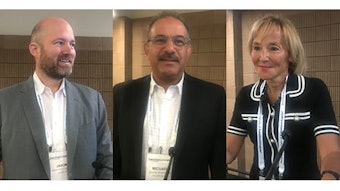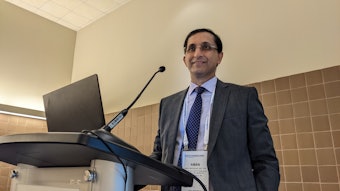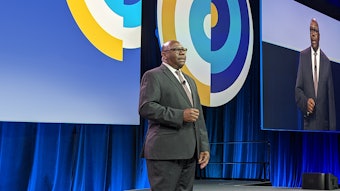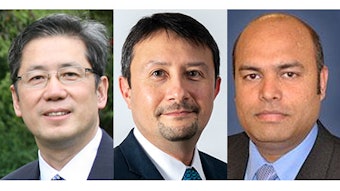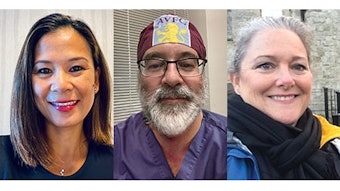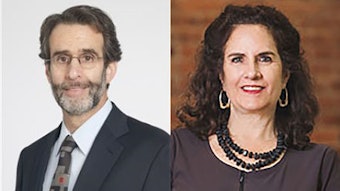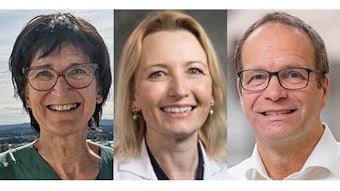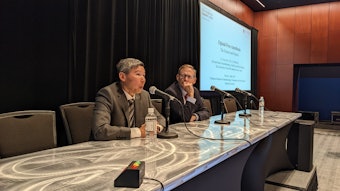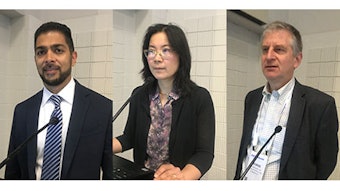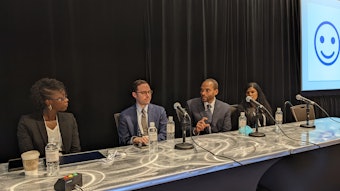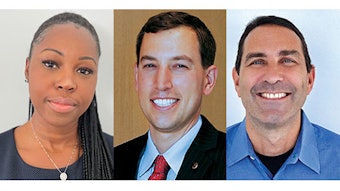Taking on burnout
A normal human response to extraordinary situations
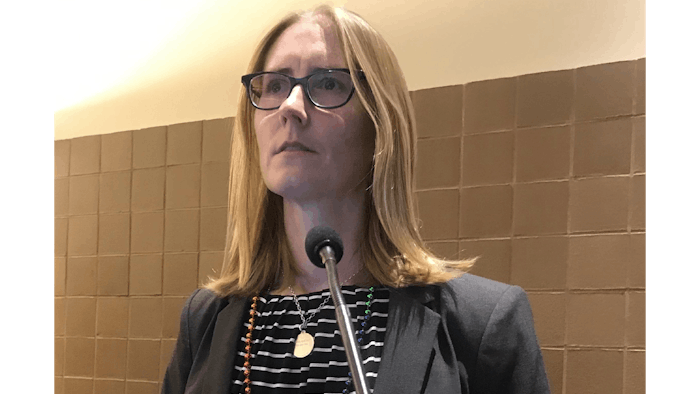
Burnout is an occupational hazard of the medical professional, not a personal deficit. Burnout is not stress or frustration or any one single symptom. And it is not the same for each person. These are top-line messages from Amy E. Vinson, MD, FAAP, Senior Associate in Perioperative Anesthesia, Department of Anesthesiology, Critical Care and Pain Medicine, and Hospitalist at Boston Children's at Waltham. Dr. Vinson presented the 2022 session “Burnout in Anesthesiology: Where are We and What are We Doing About It?”
The difference between her talk and others of the recent past is that such adages as burnout being a “time-honored tradition” of the medical professional are no longer valid. Her goal, she said, is to normalize the very normal human response to extraordinary situations and empower anesthesiologists to reach out for help and to help one another; she wants to open real conversations on the culture of medicine.
“We have had big feelings lately: racism, COVID-19, attacks on LGBTQ, a turbulent stock market, and more. We have had to do things differently,” she said. “The sources of rejuvenation that we traditionally drew upon in the past (such as spending time with family) were so different over the last couple of years.”
Dr. Vinson pointed to numerous studies over the years revealing the depth of the burnout issue. One of the first from 2012, “Burnout and Satisfaction With Work-Life Balance Among U.S. Physicians Relative to the General U.S. Population,” made headlines when it revealed that nearly half, or 45.8%, of physicians were experiencing at least one symptom of burnout.
Flash forward to more recently, especially following the trauma of the COVID-19 pandemic for health care professionals, and studies are attempting to dig deeper to the root cause of unwellness in ways that ultimately will allow anesthesiologists to be human after all. For example, “Burnout Rate and Risk Factors Among Anesthesiologists in the United States” assessed three dimensions with a Maslach Burnout Inventory – Human Services Survey, which evaluated emotional exhaustion, depersonalization, and feelings of personal accomplishment. It revealed that burnout syndrome was highly associated with workplace factors rather than personal factors.
Dr. Vinson also explored the three victims of an adverse event, such as loss of a patient. The first victim is the patient in the event, the second victim is the clinician who suffers distress due to the adverse event, and the third victim could very well be the next patient.
“Miracles aren’t always easy,” Dr. Vinson said. She pointed to Chesley Burnett "Sully" Sullenberger III, the US Airways pilot who landed Flight 1549 in the Hudson River in 2009 after both engines were disabled by a bird strike. All 155 people aboard survived.
“He proved what an incredibly talented pilot he was,” Dr. Vinson said. But what happens when passengers go to board a flight in which he is the pilot, and despite him being a supremely talented pilot, they notice he has wet shoes? she asked.
It is essential that anesthesiologists are allowed to change out of “their own wet shoes” after traumatic events, she said. This includes providing peer support and meetings with department leadership, mortality and morbidity conferences, department-based programs, and resource awareness. She said making resources available is the low-hanging fruit.
“COVID showed the cracks in our medical structure. I think we are going to address the cracks, rather than paving over them until the next major adverse event. We can think about things differently,” she said.
That includes providing resources for health care workers’ well-being, including six essential elements: advancing an organization’s commitment, strengthening leadership behaviors, conducting workplace assessments, examining policies and practices, enhancing workplace efficiency, and cultivating a culture of connection and networking.
Visit Annual Meeting Daily News for more articles.
